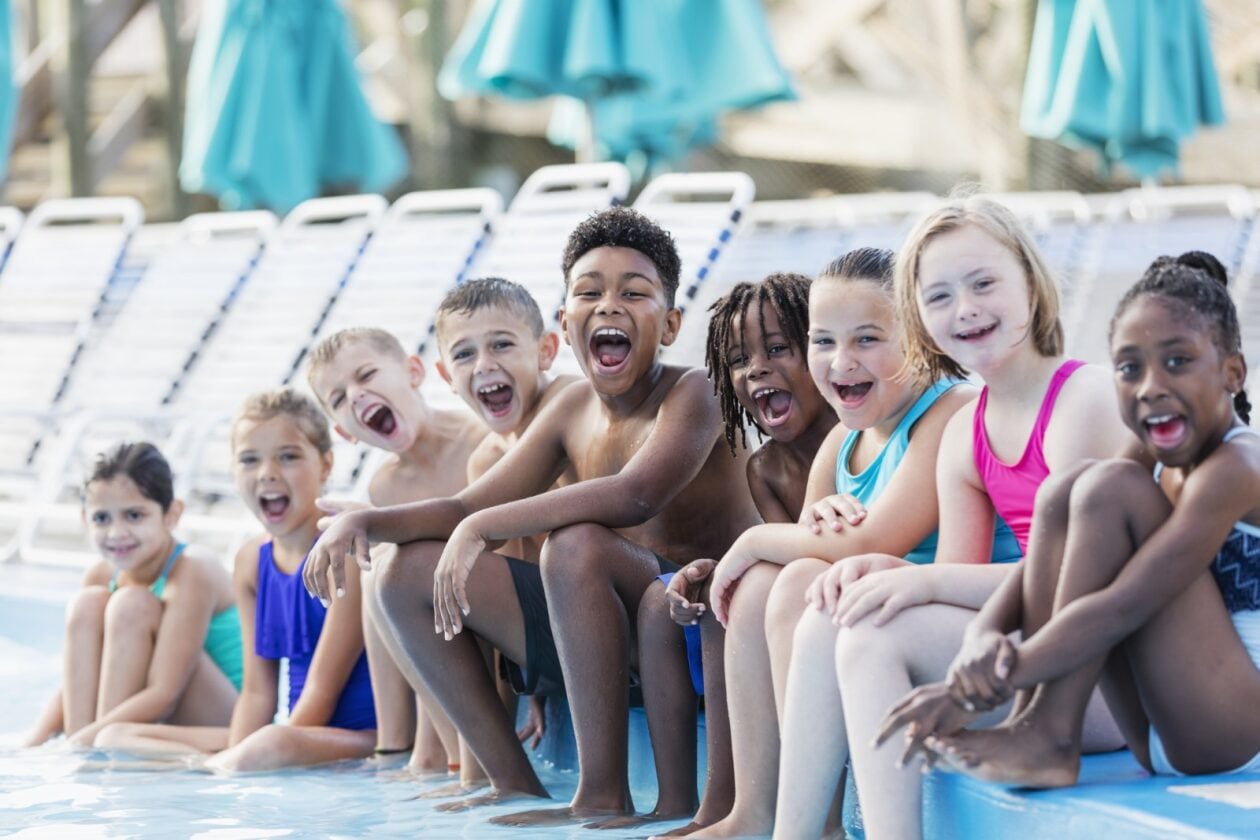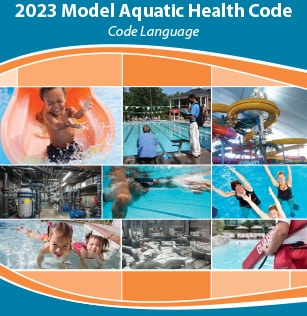

CDC’s Model Aquatic Health Code (MAHC) is guidance to prevent injury and illness linked to aquatic venues — such as pools, hot tubs, and splash pads — open to the public. This guidance brings together the latest science and best practices to help jurisdictions save time and resources when they develop and update pool codes. Pool codes regulate how aquatic venues that are open to the public are designed, constructed, operated, and managed. These codes address topics such as how aquatic facilities are built, how lifeguards are trained and certified, and how chlorine levels in the water are tested.
The MAHC applies to aquatic venues open to the public. These venues can be operated by:
CDC works with the Council for the Model Aquatic Health Code (CMAHC) to ensure the Model Aquatic Health Code stays current. The CMAHC regularly collects, assesses, and relays national input on needed MAHC revisions.

The primary objective of the MAHC is to prevent injuries and illnesses at pools, hot tubs, and splash pads open to the public, including:
Most health departments and related agencies have programs to help ensure swimmers and aquatics staff stay safe and healthy. Previously, each individual agency had to do its own research to develop or update pool codes because no single science-based reference existed at the national level. This means pool codes can greatly vary across the United States.
CDC created the MAHC at the request of health departments and the aquatics sector to provide scientifically based guidance at the national level. The first edition of the MAHC was released in 2014 and it has been updated every few years since then. The MAHC helps jurisdictions save the time and resources previously used to develop and update their codes themselves.
The MAHC is not a federal law. The MAHC is a CDC guidance document and only becomes law if voluntarily adopted by a local, state, territorial, or tribal jurisdiction. This means jurisdictions can:
Aquatics sector leaders can also work with health departments to use the MAHC to make swimming and other water activities safer and healthier, even if the jurisdiction has not yet adopted the MAHC.